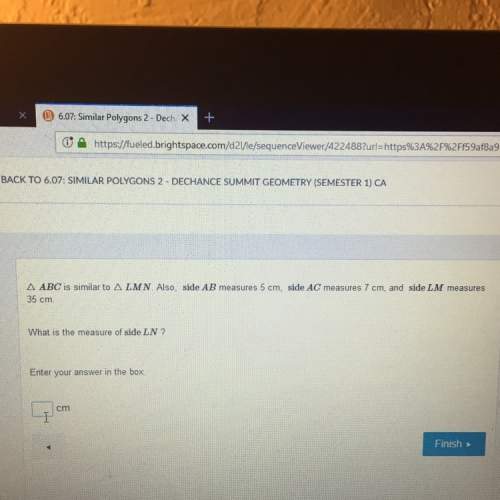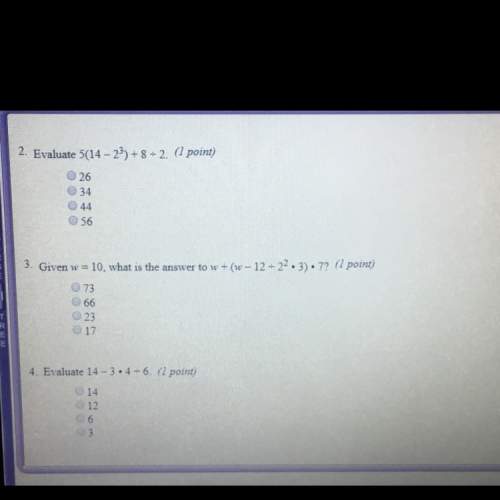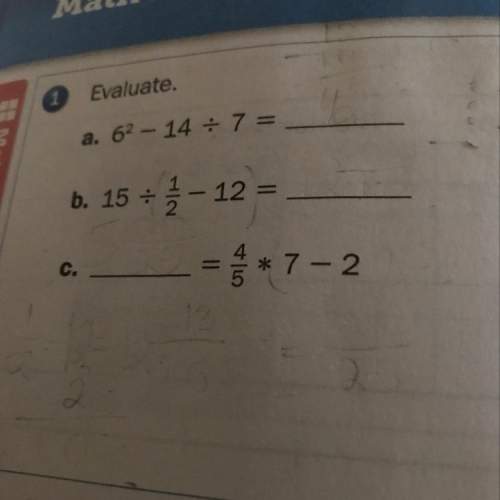
Mathematics, 17.05.2020 03:57 kaseyvn03
A gumball machine has 390 red gumballs. If the red gumballs are 75% of the total number of gumballs, how many gumballs are in the gumball machine?

Answers: 3


Other questions on the subject: Mathematics


Mathematics, 21.06.2019 19:20, alexcarrasco5903
1- is the product of two rational numbers irrational or rational? first, make a hypothesis by multiplying two rational numbers. then, use variables such as x=a/b and y=c/d and the closure property of integers to prove your hypothesis. 2- what do you think the product of a nonzero rational number and an irrational number is? is it rational or irrational? make use of variables, the closure property of integers, and possibly a proof by contradiction to prove your hypothesis. 3- why do we have to specify that the rational number must be nonzero when we determine what the product of a nonzero rational number and an irrational number is? if the rational number were 0, would it give us the same result we found in part b?
Answers: 3

Mathematics, 21.06.2019 22:00, erikacastro5404
The point of intersection of the diagonals of a rectangle is 4 cm further away from the smaller side then from the larger side of the rectangle. the perimeter of the rectangle is equal to 56 cm. find the lengths of the sides of the rectangle. 16 points answer quick
Answers: 1

Mathematics, 21.06.2019 23:30, claytonhopkins
In a study of the relationship between socio-economic class and unethical behavior, 129 university of california undergraduates at berkeley were asked to identify themselves as having low or high social-class by comparing themselves to others with the most (least) money, most (least) education, and most (least) respected jobs. they were also presented with a jar of individually wrapped candies and informed that the candies were for children in a nearby laboratory, but that they could take some if they wanted. after completing some unrelated tasks, participants reported the number of candies they had taken. it was found that those who were identiď¬ed as upper-class took more candy than others. in this study, identify: (a) the cases, (b) the variables and their types, (c) the main research question, (d) identify the population of interest and the sample in this study, and (e) comment on whether or not the results of the study can be generalized to the population, and if the ď¬ndings of the study can be used to establish causal relationships.
Answers: 2
You know the right answer?
A gumball machine has 390 red gumballs. If the red gumballs are 75% of the total number of gumballs,...
Questions in other subjects:



Mathematics, 15.07.2019 19:00


Spanish, 15.07.2019 19:00

Mathematics, 15.07.2019 19:00









